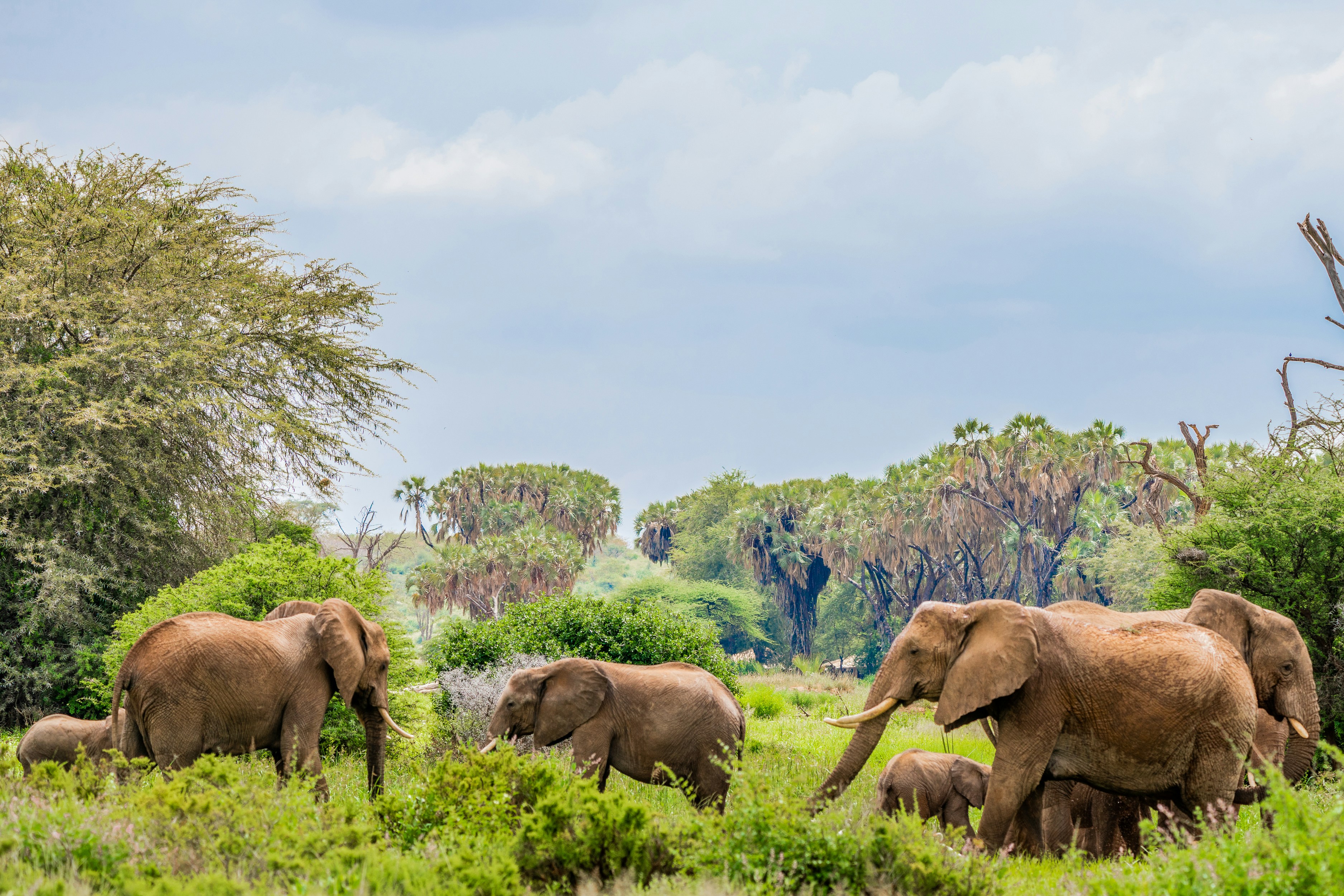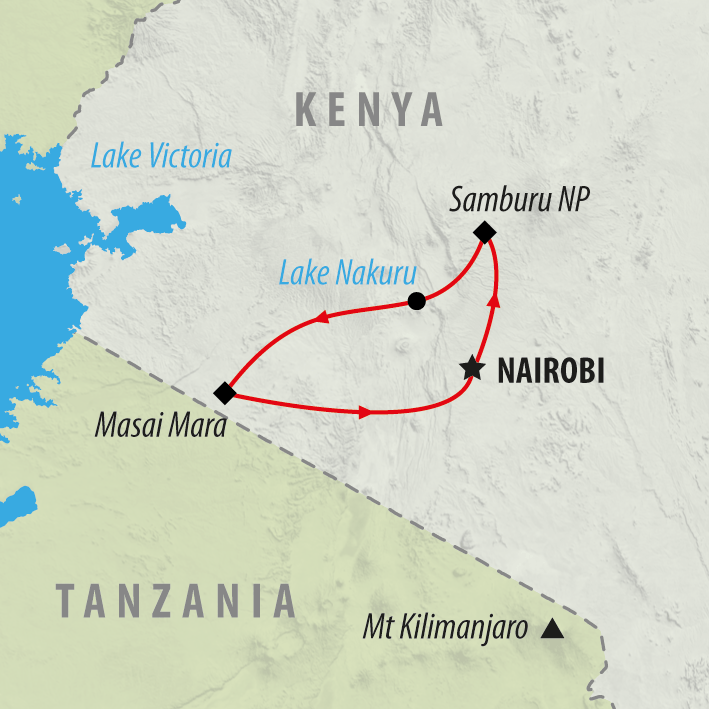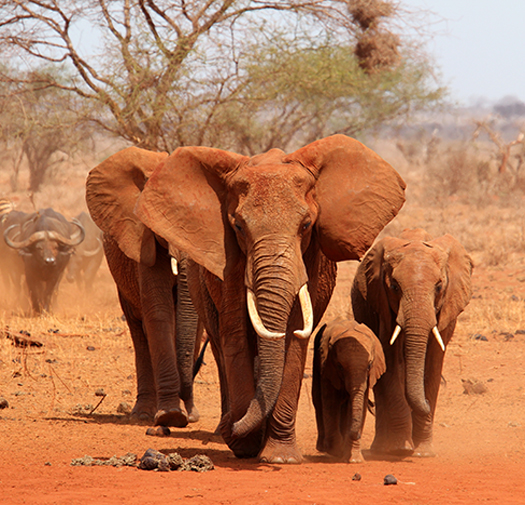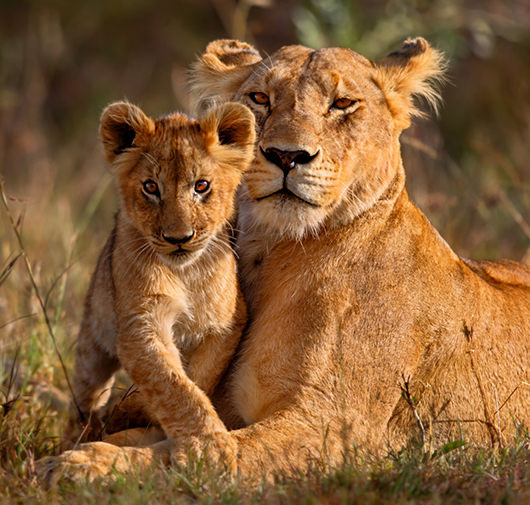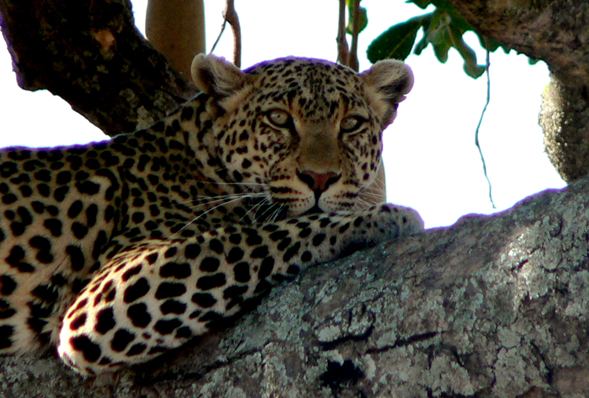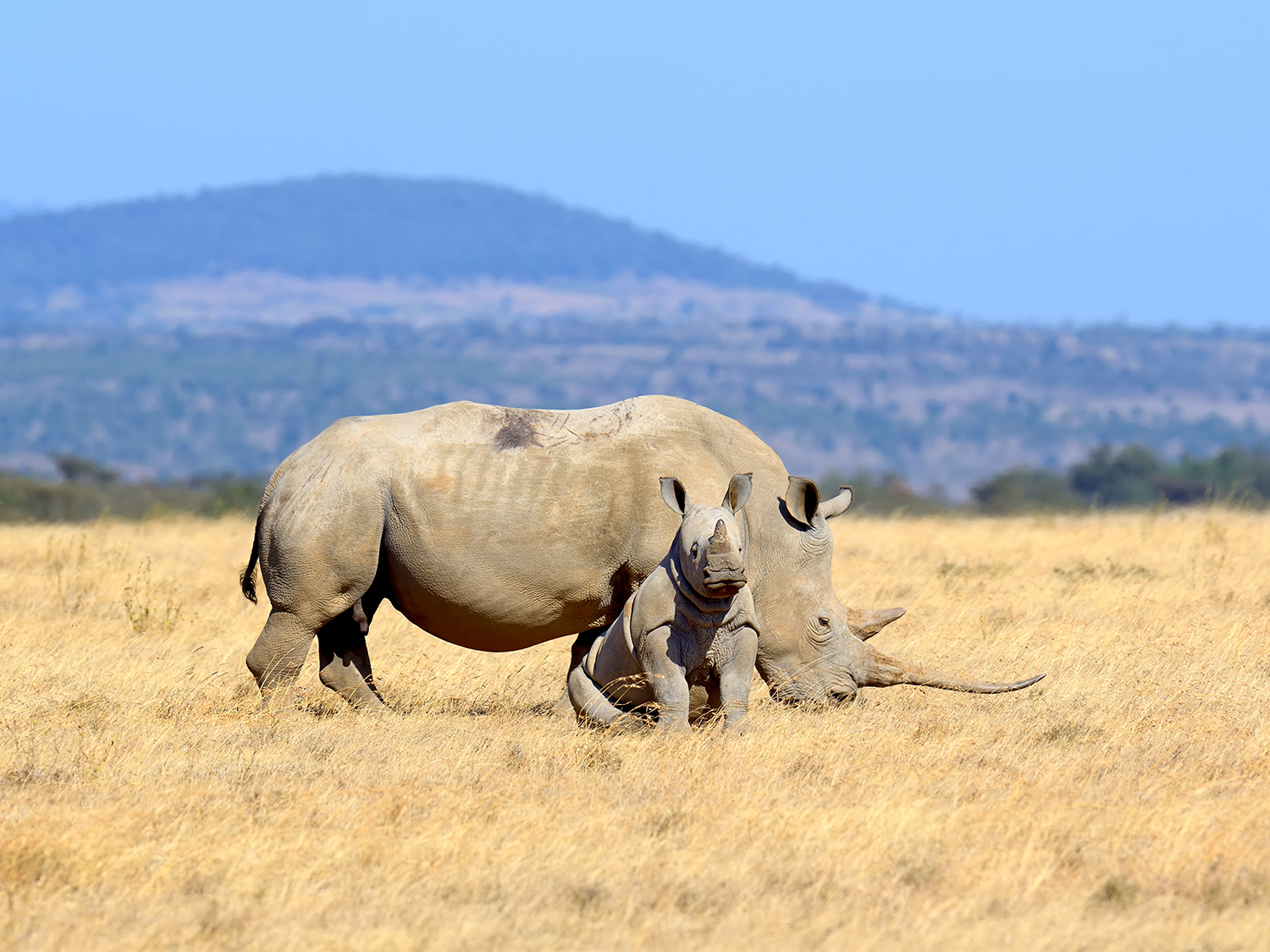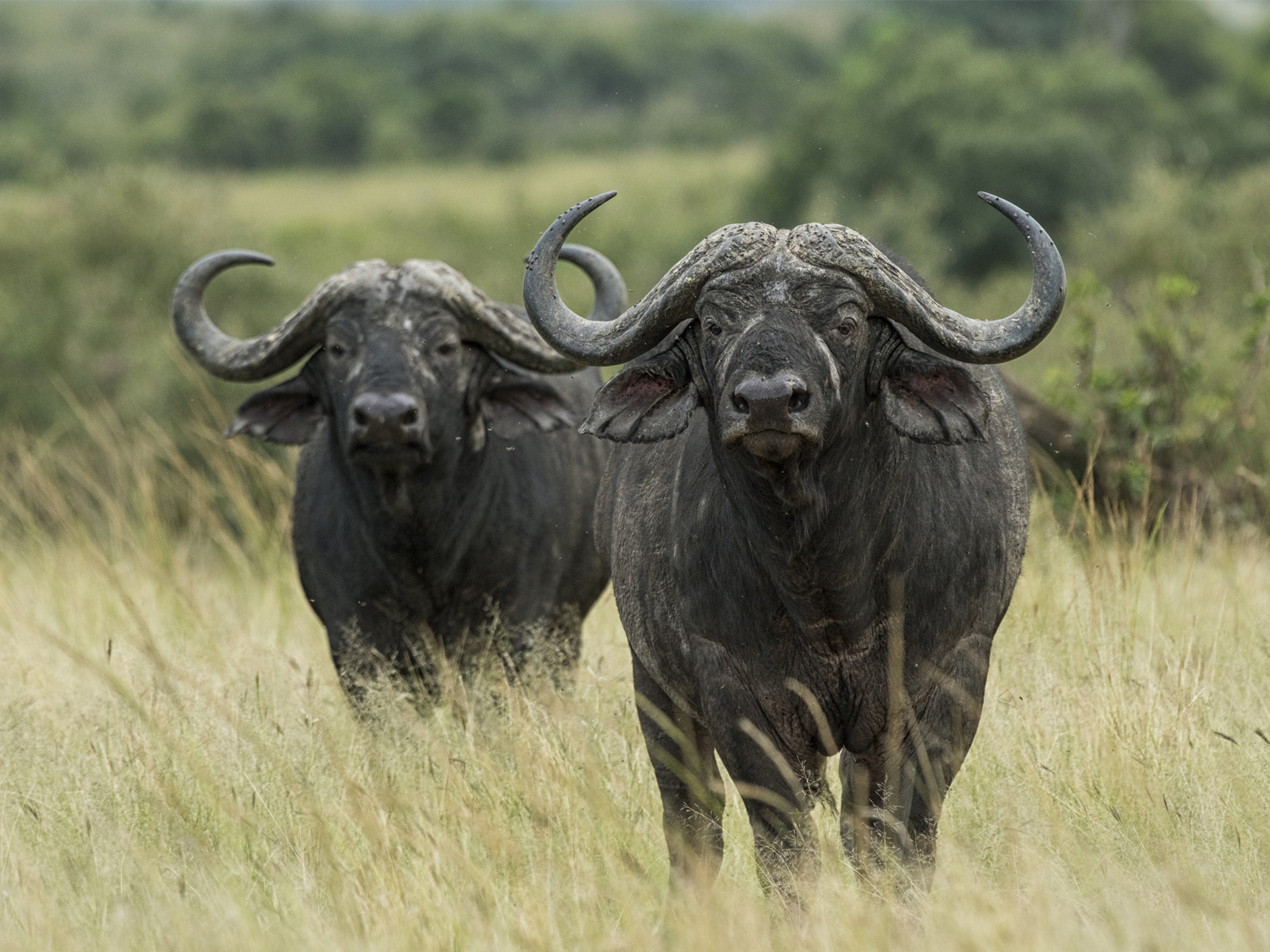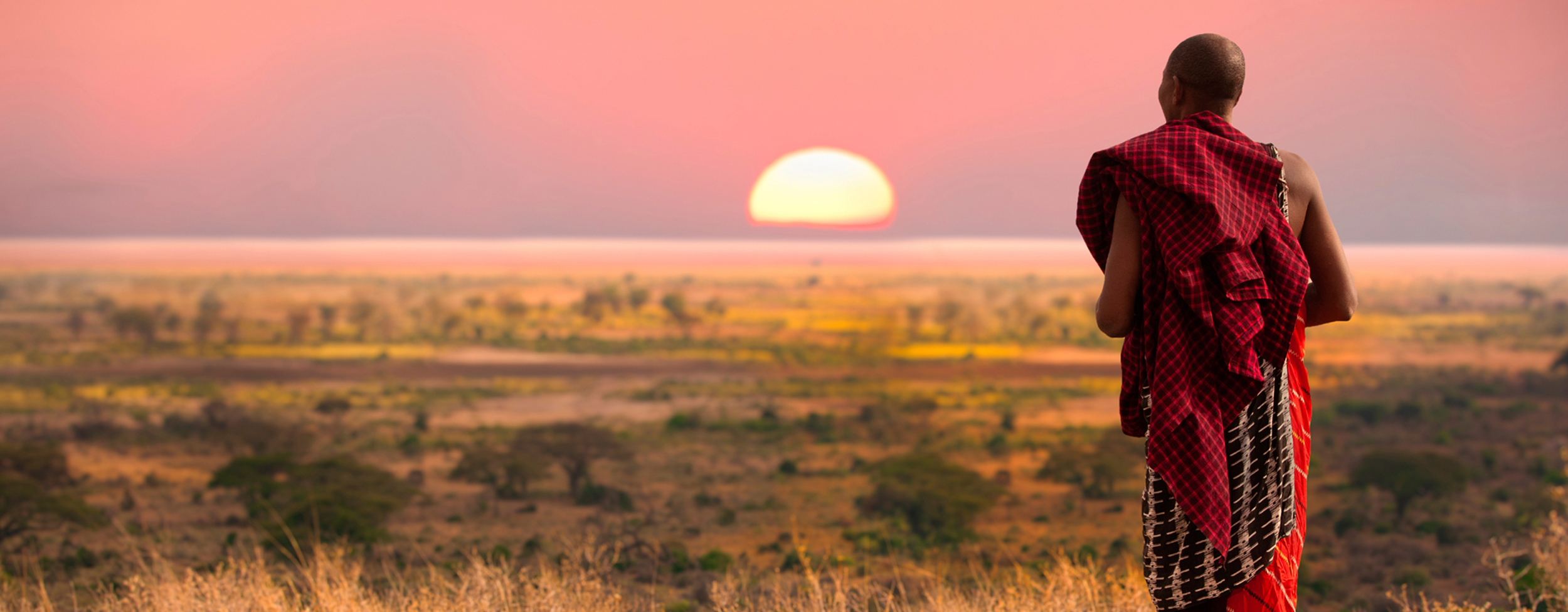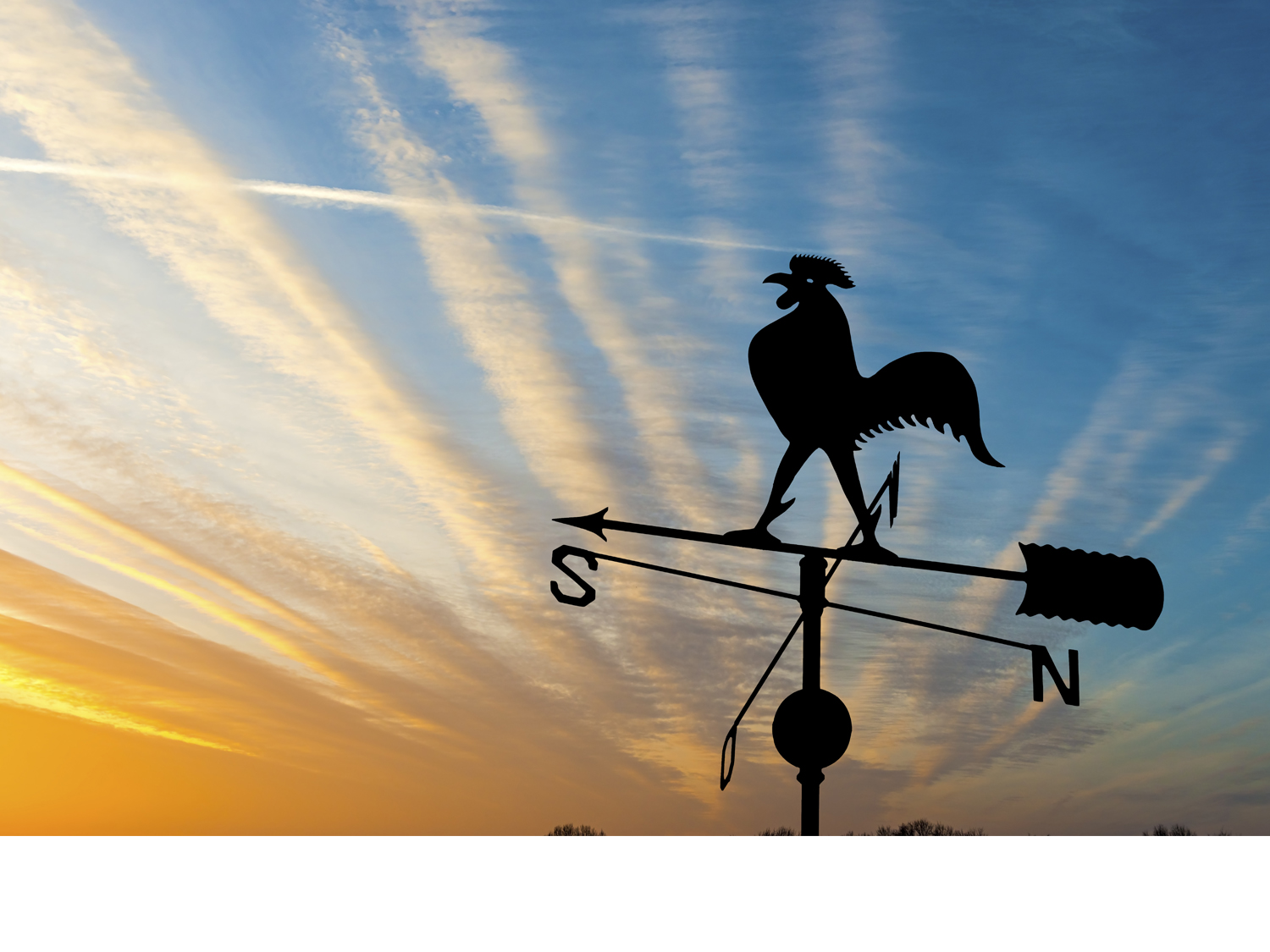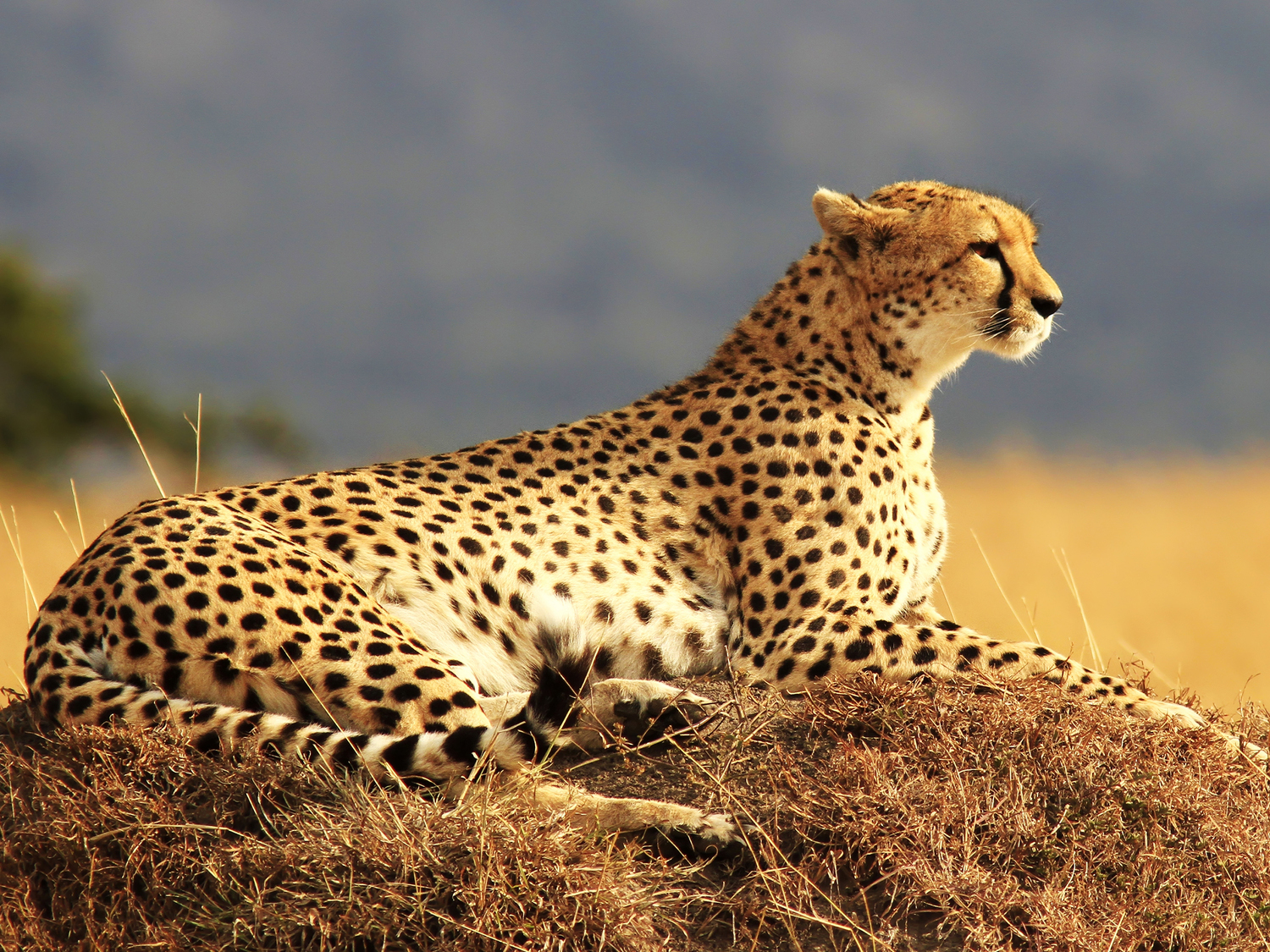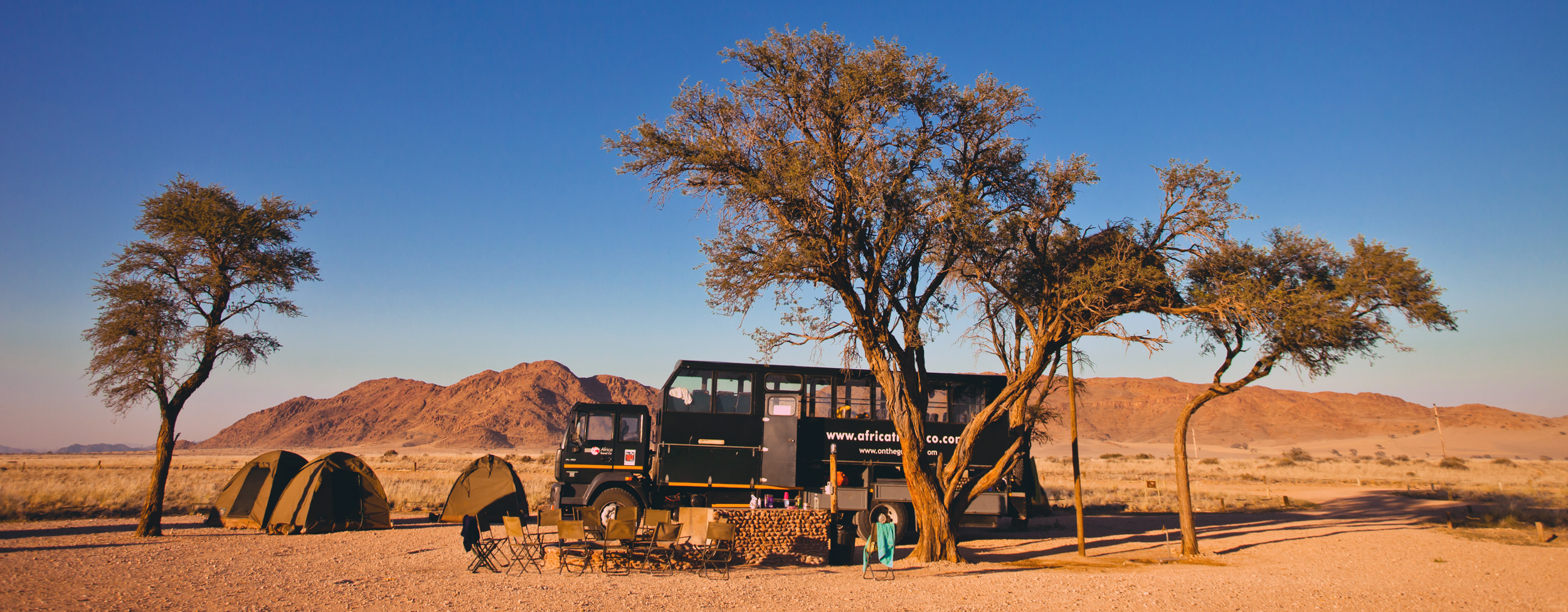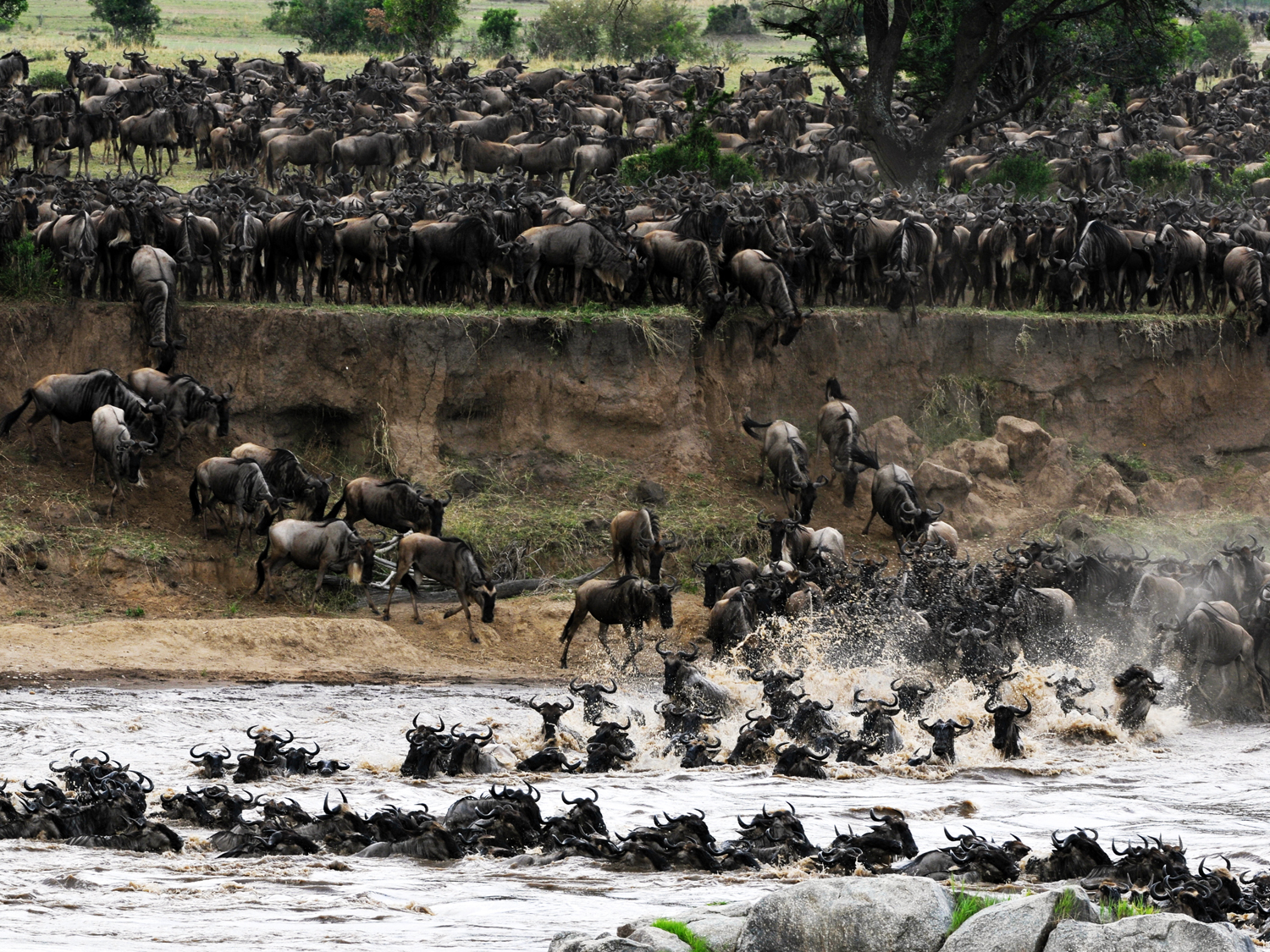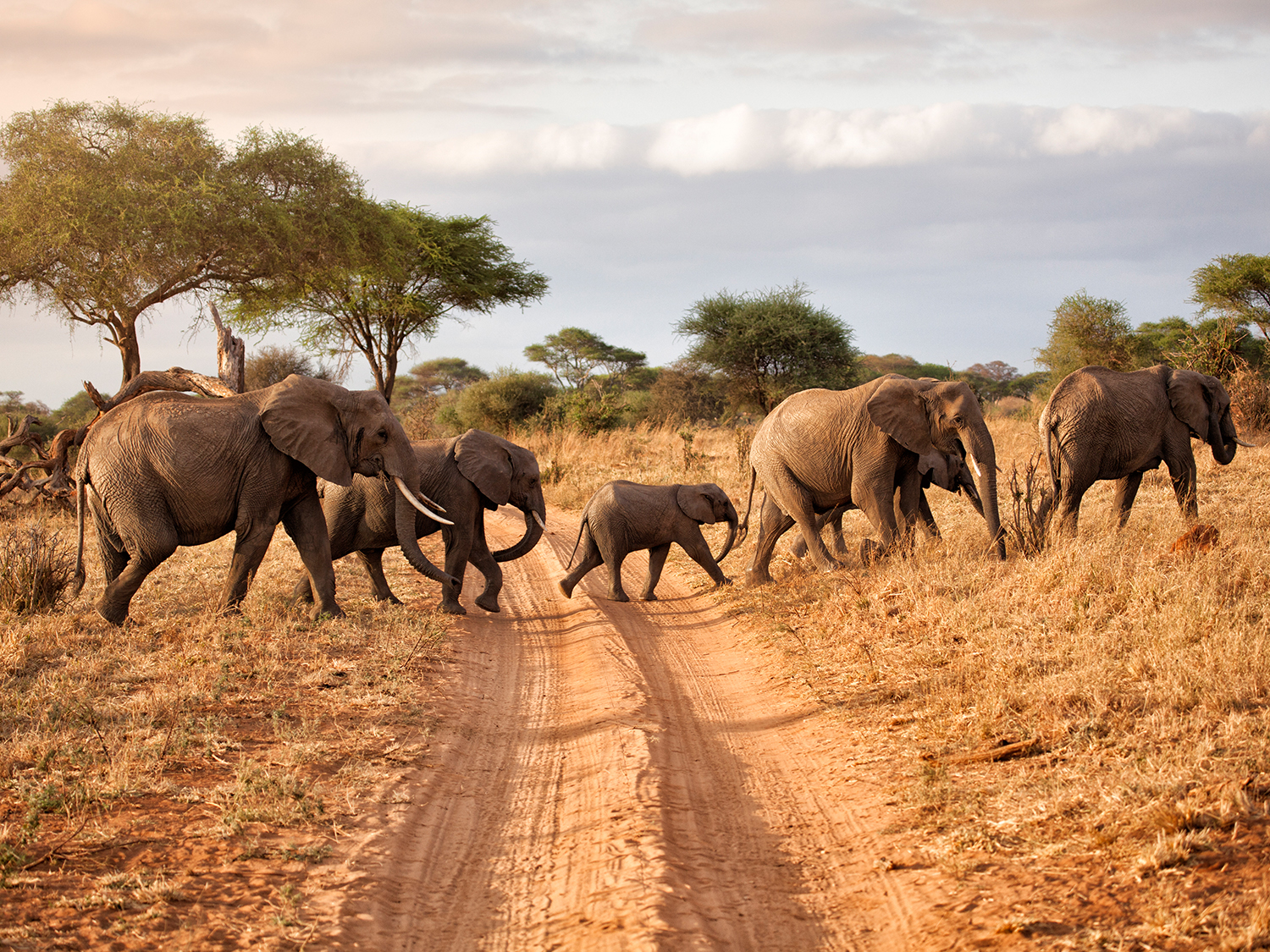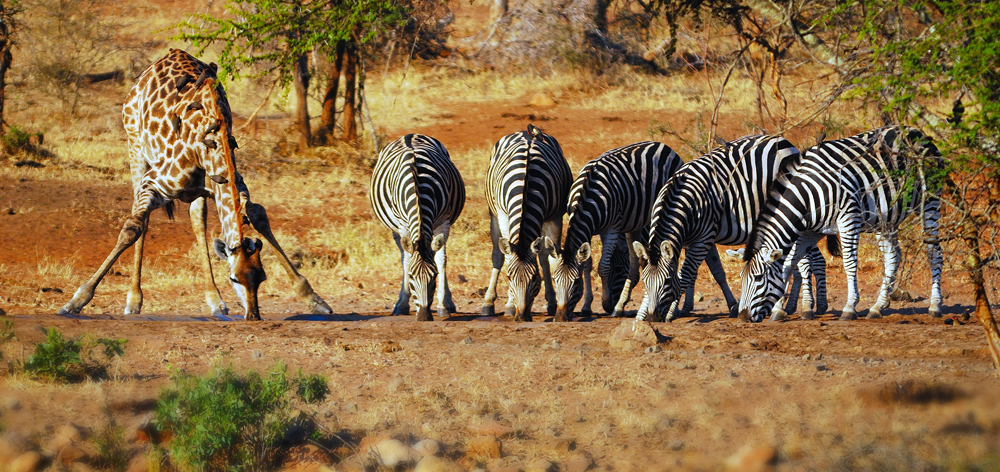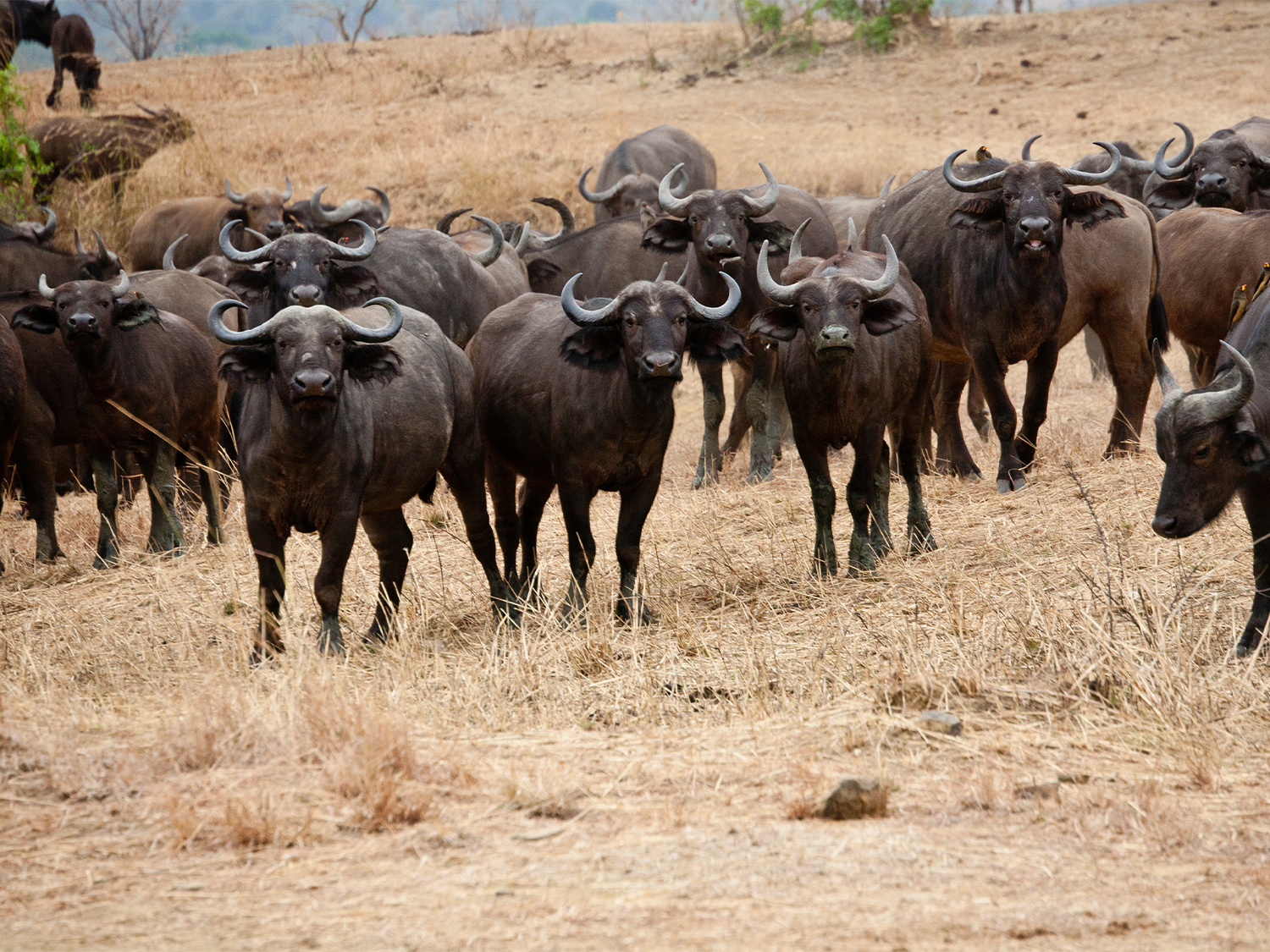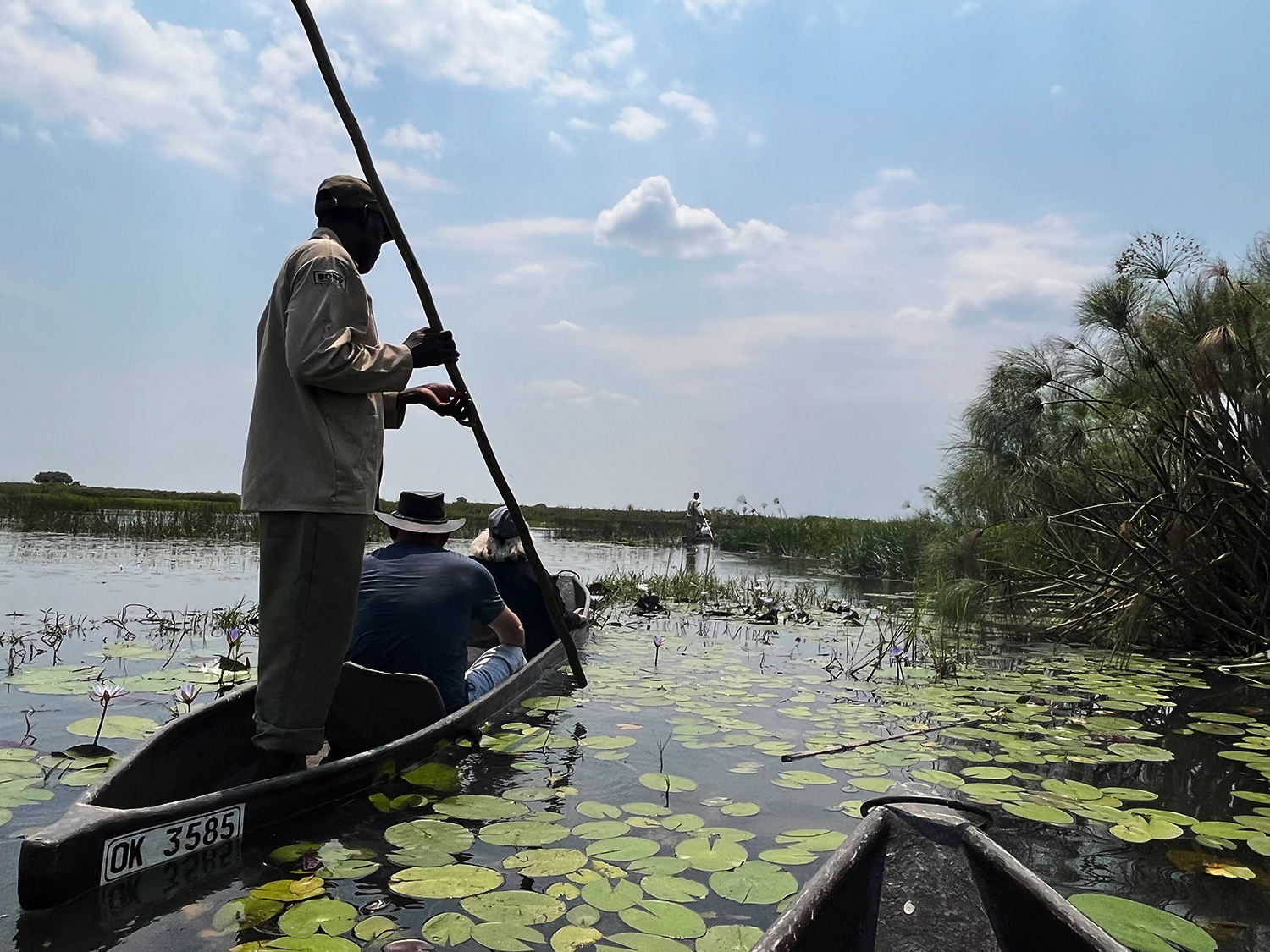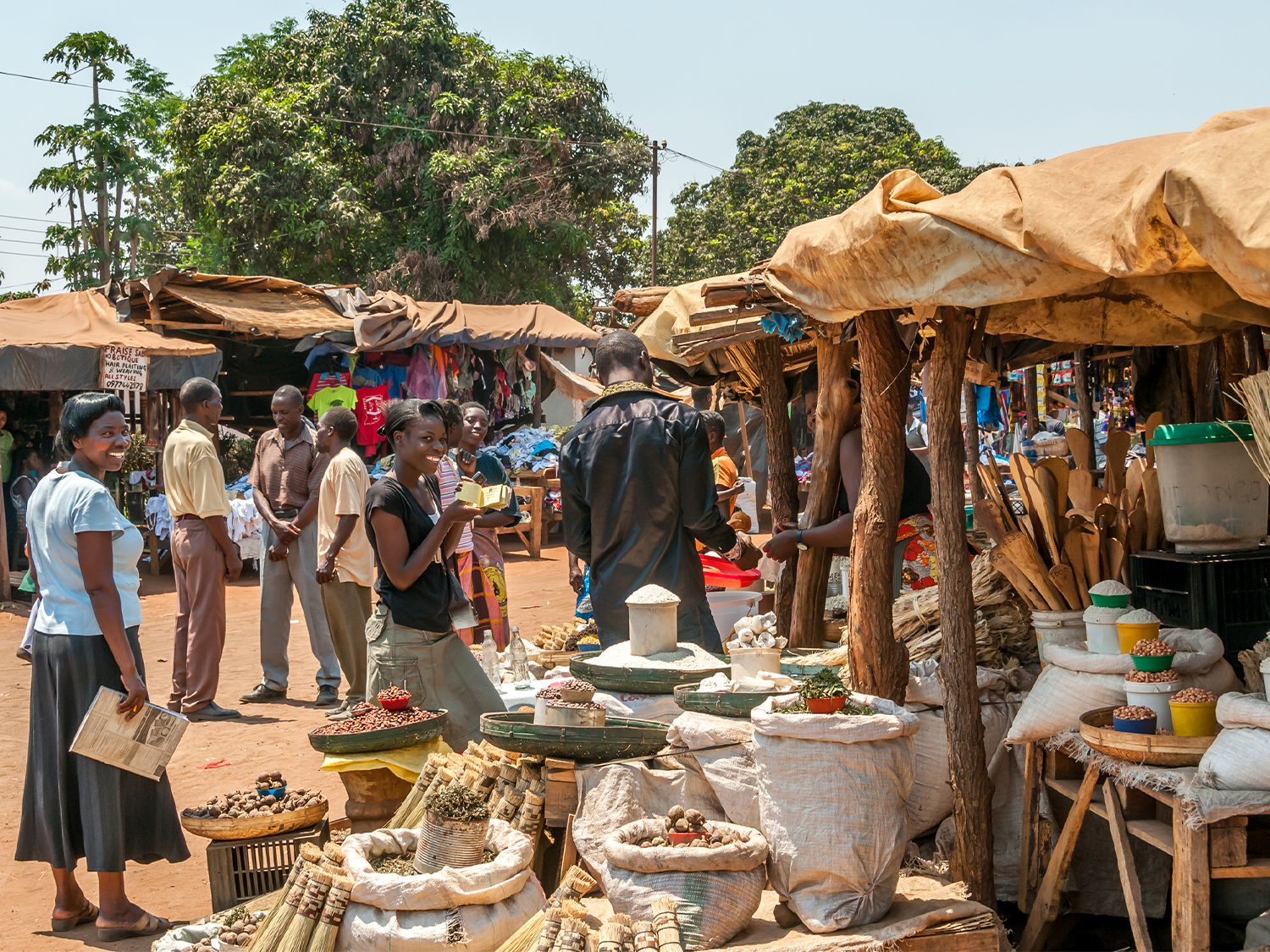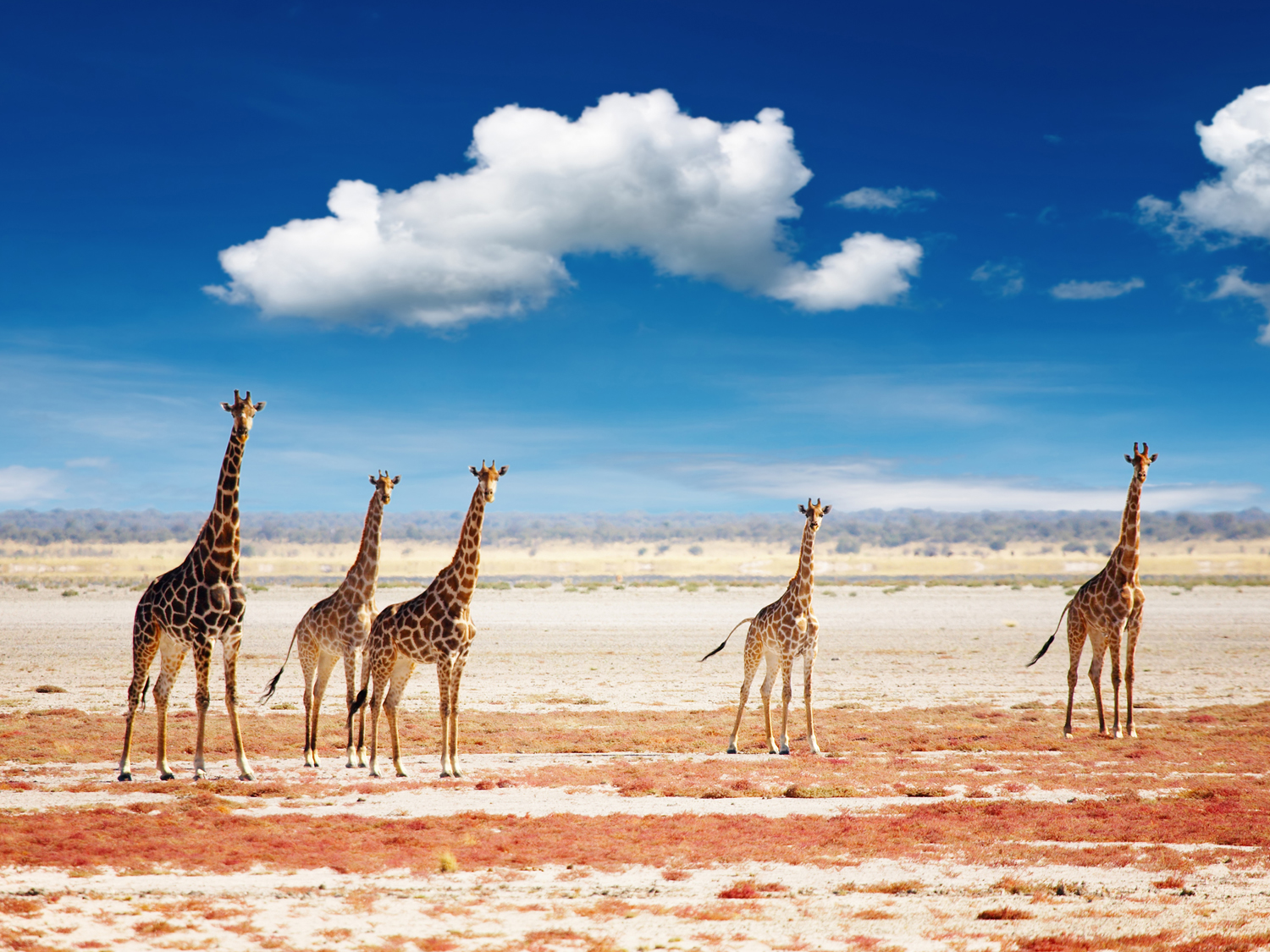Best guided tours to Samburu National Reserve, KenyaExperience the Wonders of Samburu: Expert-Guided Tours to Kenya's Hidden Gem
When do you want to go?
2024
I'm flexible
Passengers
Adults (18+)
Children (0 - 17)
Welcome to Samburu National Reserve, Kenya
Samburu National Reserve, situated in Kenya’s northern region, is a captivating wildlife sanctuary characterized by its rugged terrain and stark, arid beauty. The reserve spans approximately 165,000 acres and is positioned along the Uaso Nyiro River, which plays a crucial role in sustaining the area’s diverse flora and fauna. Visitors are greeted by a landscape of dramatic contrasts, from dry plains to lush riverbanks, offering a distinctive backdrop for wildlife viewing
Guided Tours to Samburu National Reserve, Kenya
Guided tours in Samburu are designed to provide an immersive experience into the reserve’s unique environment. Experienced guides lead these tours, offering valuable insights into the behavior of the wildlife and the ecological significance of the region. Game drives are conducted in specially equipped vehicles, allowing for close-up views of the animals while ensuring minimal disturbance. Additionally, walking safaris offer a chance to explore the reserve on foot, providing a deeper understanding of the smaller details of the ecosystem, such as tracks, plants, and insects. For those interested in nocturnal wildlife, night safaris reveal a different side of the reserve, showcasing species that are active after dark, such as aardvarks and bat-eared foxes.
What to Expect from Visiting Samburu National Reserve, Kenya
Visitors to Samburu can anticipate encountering a range of unique and rare wildlife. The reserve is home to the "Samburu Special Five," which includes the Grevy's zebra, identifiable by its narrow stripes, the Somali ostrich with its distinctively colored legs, the reticulated giraffe with its intricate coat pattern, the gerenuk with its elongated neck, and the Beisa oryx with its long, straight horns. In addition to these, expect to see large herds of elephants, often engaging in playful interactions, and predators like lions and cheetahs that are adept at camouflaging in the reserve’s varied landscapes. Bird enthusiasts will find plenty to admire, with over 350 species recorded, including the vibrant Vulturine guinea fowl and the elusive secretary bird.
The semi-arid environment of Samburu provides a stark contrast to Kenya’s more lush wildlife parks, offering a unique perspective on adaptation and survival. The Uaso Nyiro River, central to the reserve, acts as a lifeline, supporting a wide range of wildlife and providing a focal point for safaris.
Africa's Big Five
Elephant
The African elephant (Loxodonta africana) is the largest land animal on Earth, with adult males (bulls) weighing up to 6,000 kilogrammes (13,200 pounds). Elephants are known for their complex social structures, which are typically led by a matriarch, the oldest and often largest female. They have remarkable memories, which help them navigate their environment and recall the locations of water sources across vast distances. Elephants are also highly intelligent, displaying behaviours such as tool use, mourning their dead, and showing empathy. Their large ears, shaped like the African continent, help regulate their body temperature, and their tusks, made of ivory, are used for digging, lifting objects, and as a weapon.
Lion
The African lion (Panthera leo) is often called the "king of the jungle," although they actually inhabit savannas and grasslands. Lions are the only cats that live in social groups called prides, which typically consist of related females, their offspring, and a few male lions. Male lions are known for their majestic manes, which vary in color and are a sign of health and virility. Lions are apex predators, primarily hunting large herbivores like zebras, wildebeests, and buffaloes, often using cooperative hunting strategies to bring down their prey. Their roar, which can be heard up to 8 kilometers (5 miles) away, is used to communicate with pride members and establish territorial boundaries.
Leopard
The leopard (Panthera pardus) is a solitary and highly adaptable predator found in various habitats across Africa, from rainforests to deserts. Leopards are known for their strength and agility, often dragging their prey up into trees to avoid scavengers like hyenas. Their rosette-patterned coats provide excellent camouflage, making them difficult to spot in the wild. Leopards are opportunistic hunters, with a diet that includes everything from antelope to birds, fish, and even insects. They are also strong swimmers and are known to fish or hunt in water when necessary. Despite their elusive nature, leopards are widespread, though their populations are threatened by habitat loss and human-wildlife conflict.
Rhinoceros
The Big Five include two species of rhinoceros: the black rhinoceros (Diceros bicornis) and the white rhinoceros (Ceratotherium simum). The black rhino is critically endangered and more aggressive, known for its hooked lip, which it uses to browse shrubs and trees. In contrast, the white rhino is larger, with a wide, square-shaped lip adapted for grazing on grasses. Despite their names, both rhino species are gray in color. Rhinos have thick skin, which protects them from thorns and insect bites, and their horns, made of keratin, are used for defense, digging, and breaking branches. Unfortunately, rhinos are severely threatened by poaching, driven by the demand for their horns in illegal wildlife trade.
Cape Buffalo
The Cape buffalo (Syncerus caffer), also known as the African buffalo, is a formidable and unpredictable animal, weighing up to 900 kilograms (2,000 pounds). They are known for their strong, curved horns, which they use to defend themselves against predators, including lions. Buffaloes are social animals, living in large herds that can number in the hundreds or even thousands. They have a reputation for being one of the most dangerous animals in Africa due to their aggressive nature, particularly when wounded or threatened. Despite their bulk, buffaloes are surprisingly agile and can run at speeds of up to 57 kilometers per hour (35 miles per hour). They play a crucial role in their ecosystems by influencing vegetation patterns and providing prey for top predators like lions.
Frequently asked questions
What is the best time to visit Samburu National Reserve?
The best times are during the dry seasons, from June to October and January to March. These periods offer clearer skies and concentrated wildlife around water sources, making animals easier to spot.
Can I visit Samburu National Reserve as part of a larger tour?
Yes, many tour operators offer itineraries that include Samburu as part of a broader safari experience in Kenya. These tours may combine visits to other renowned parks such as Maasai Mara, Amboseli, or Nakuru.
What should I pack for a trip to Samburu National Reserve?
Pack light, breathable clothing for daytime heat and warmer layers for cooler evenings. Essentials include sunscreen, a wide-brimmed hat, insect repellent, binoculars for wildlife viewing, a camera, and comfortable walking shoes for safaris.
Are there any specific health precautions I should take?
Prior to your visit, consult a healthcare provider for recommended vaccinations and malaria prophylaxis. It is advisable to take precautions against mosquito bites, as malaria is a risk in some parts of Kenya. Drinking bottled or purified water is crucial, and practicing good hygiene can help prevent travel-related illnesses. In case of an emergency, ensure you have a way to contact local medical facilities or your lodge.
What kind of wildlife can I see in Samburu National Reserve?
In addition to the "Samburu Special Five" — the Grevy's zebra, Somali ostrich, reticulated giraffe, gerenuk, and Beisa oryx — you can expect to see large herds of elephants, predators such as lions, cheetahs, and leopards, as well as a variety of antelope species. Birdwatchers will also find a rich selection of avian life, including the vibrant Vulturine guinea fowl and the elusive secretary bird.
How is the climate in Samburu National Reserve?
Samburu has a semi-arid climate with significant temperature variations between day and night. Daytime temperatures can reach up to 35°C (95°F) during the hottest months, while nights can be cooler, dropping to around 15°C (59°F). Rainfall is sporadic and usually occurs in short, intense showers during the wet seasons.
Are there any restrictions or guidelines for visitors?
Visitors are expected to adhere to park rules to ensure safety and conservation. These include staying inside the vehicle during game drives, not feeding or approaching wildlife, and respecting the local environment. Some areas may have specific restrictions to protect both the animals and their habitat.
Explore more countries like Kenya
Our customers say
Excellent
4.4 out of 5 based on 275 reviews
